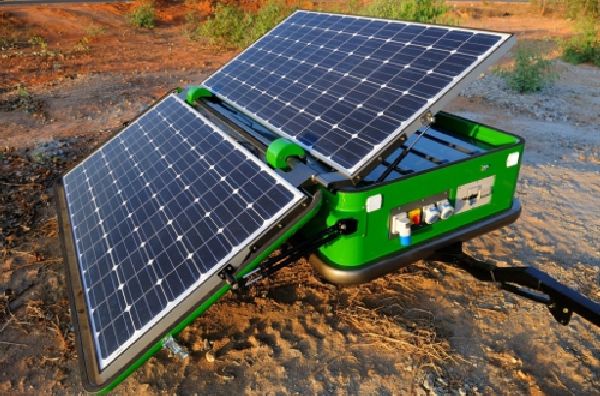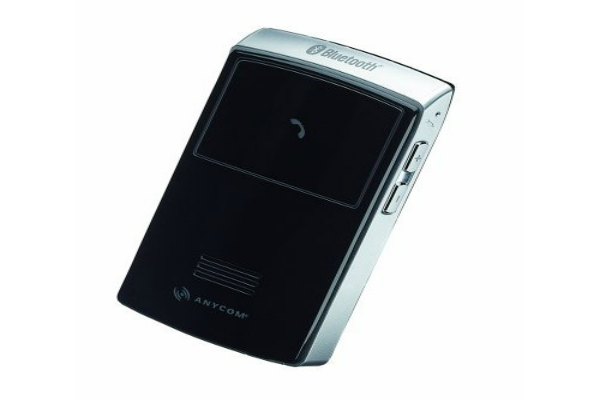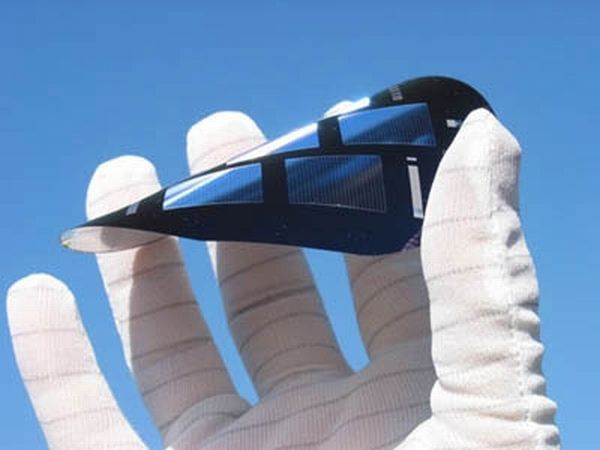HHV Solar, an Indian company that produces photovoltaics, thin film modules and integrated products, has announced the launch of its indigenous solar device called Solarator. The 600W trailer mounted system provides an answer for emergency power requirements and rural locales. This is claimed to be the country’s first such indigenously built device, which will go a long way in offering emergency situations a clean and green alternative to power generation.

Attempts to go green are being followed by nations around the globe. While western and European countries have for long been relying on renewable energy to an extent, it is only recently that countries like India are following suit. The decision to rely on renewables is especially important for India as the nation houses a massive population with ever growing energy demands. This is why initiatives like the one taken by HHV Solar will go a long way in ensuring that at least a part of the energy requirements can be met through renewables.
Normally, power requirements for emergency situations are fulfilled by using portable diesel fueled generators. Such devices are polluting, noisy and emit noxious fumes harmful to the health and environment. Moreover, there needs to be a steady supply of fuel in order to operate the generators. With Solarator, such hindrances can be overcome. It directly converts solar energy into electricity, emits no pollutants and operates silently. In view of its qualities, Solarator can also be used in forests where wildlife won’t be disturbed.
The generator is comprised of two solar modules capable of producing 300W of power each. They’re made using mono crystalline silicon cells for energy conversion. To make the device as portable as possible, the modules can be folded into a compact case. For power storage, Solarator makes use of a 300 ampere hour battery pack that offers 24V DC that can be converted to 230V AC via an inverter. Additionally, the battery pack can be charged using the inverter if the skies are overcast.
Via: Indiainfoline




